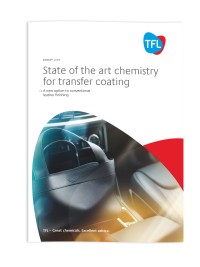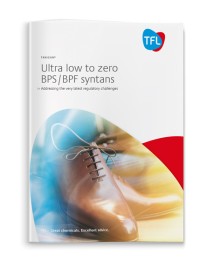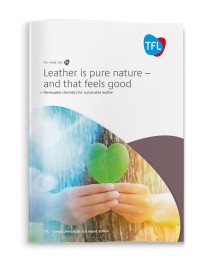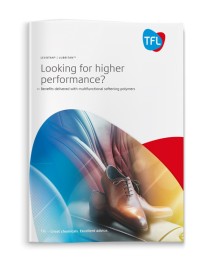How long should the soak take and how do we know if the soak is complete? This is a good question and it's not easy to give a precise answer as there is no quantitative test which will prove the soaking process. Certainly the stock should be evenly flaccid after soaking but this is a very subjective test. It is largely a question of experience gained from seeing limed pelt and crust leather from poorly soaked raw material. When soaking wet salted hides the salt removal can be plotted by taking Baumé checks every half an hour to check salt concentration and plotting these on a graph against time. When the curve stops increasing for at least 60 minutes one can say that at least the salt content of the hide and the float are in equilibrium and the rehydration is complete as far as salt removal is concerned.
Experience has enabled us to say that as a guide wet salted hides of 22 - 30 KG's may be well soaked using PELLVIT enzyme soaking agents in 4 - 5 hours and hides above this weight in 5 - 7 hours. Small skins wet salted usually no more than 4 hours.
Processes
Industries
- Garment
- Upholstery
- Automotive
- Shoe





 Main Reaction - The TFL Blog Stories, incidents, tips and facts around the topics leather, chemistry, fashion, sustainability and ecology. Our editorial staff consisting of experienced tanners, scientists, market experts, fashion and communication specialists has sharped their pencils and will supply you with fresh and inspiring content on a regular basis.
Main Reaction - The TFL Blog Stories, incidents, tips and facts around the topics leather, chemistry, fashion, sustainability and ecology. Our editorial staff consisting of experienced tanners, scientists, market experts, fashion and communication specialists has sharped their pencils and will supply you with fresh and inspiring content on a regular basis.


 LEVOTAN® / LUBRITAN™ - Looking for higher performance? Tanners around the world are facing increasing challenges from their customers, for example, demands for higher performance such as fastness to light and heat resistance, but also lighter weight leather and more recently odour / emissions avoidance.
LEVOTAN® / LUBRITAN™ - Looking for higher performance? Tanners around the world are facing increasing challenges from their customers, for example, demands for higher performance such as fastness to light and heat resistance, but also lighter weight leather and more recently odour / emissions avoidance.









